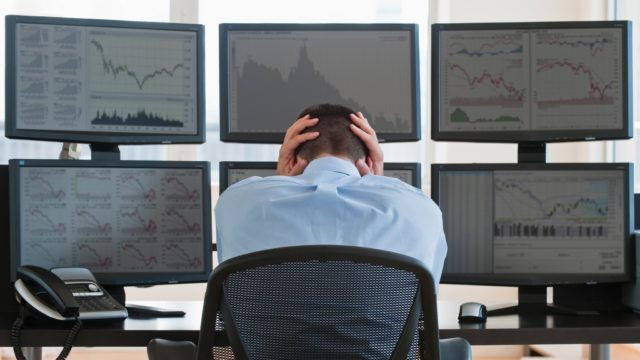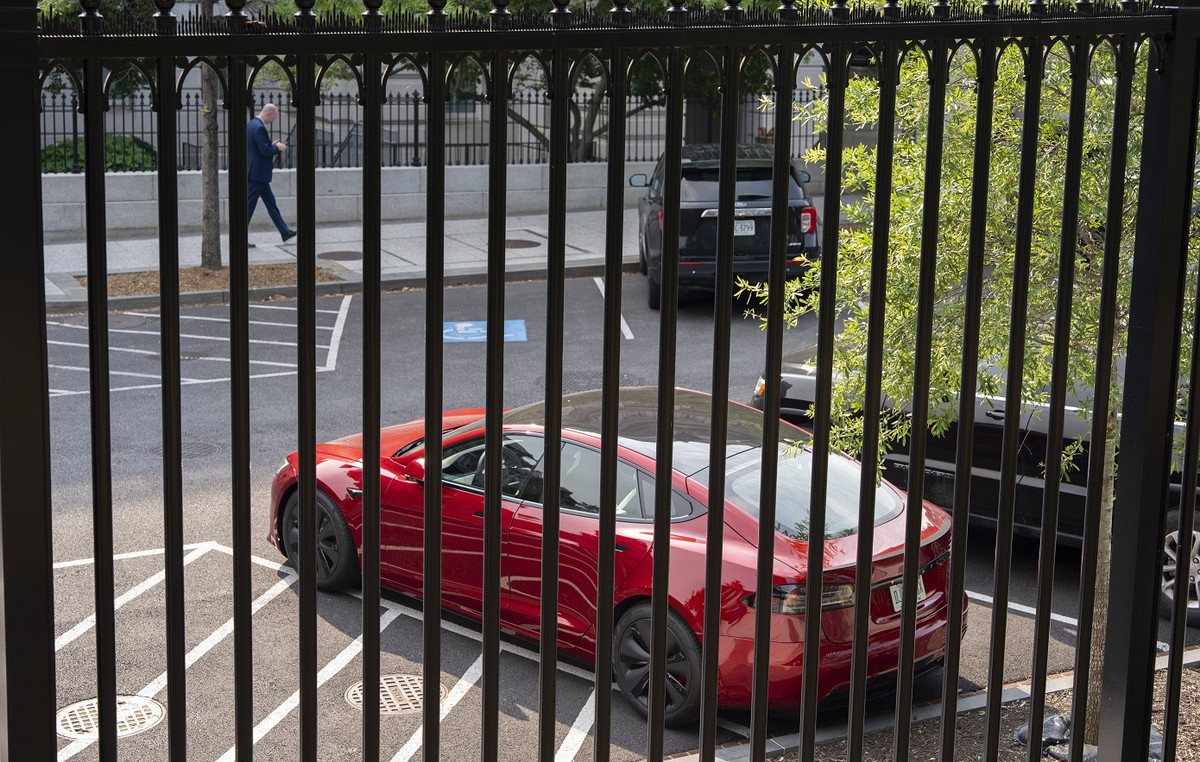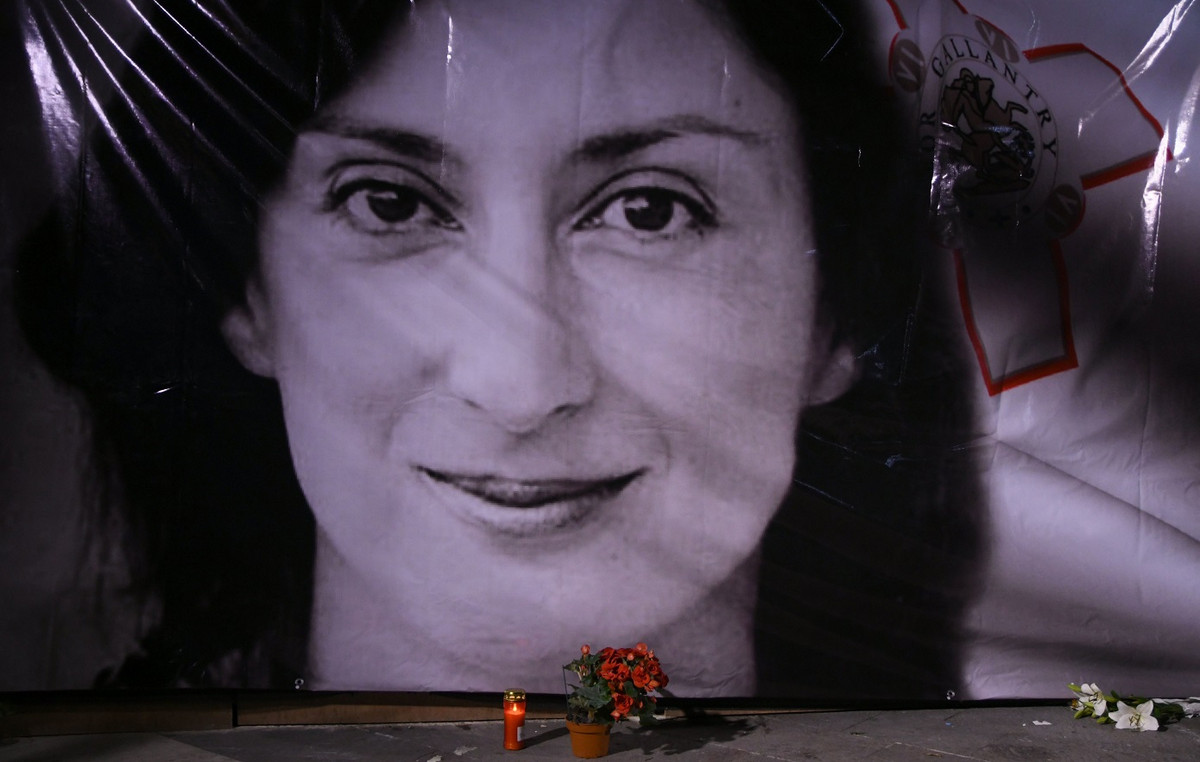
With e-commerce booming amid a pandemic, almost 1 in 10 Europeans has been “misled” into buying products;imitations, as announced by the European Union Intellectual Property Office (EUIPO) in a report published today.
According to the one prepared in cooperation with the OECD, counterfeit products account for 6.8% of EU imports, ie 121 billion euros in products, from clothing and electronics to toys or wine.
“Nearly 1 in 10 Europeans (9%) say they have already been misled into buying counterfeit products,” EUIPO, the EU-based office in the Spanish city of Alicante, said in a statement. The percentage varies widely between Member States: from 2% in Sweden to 19% in Bulgaria, and around 9% in France.
Monkey products: What about drugs and medical products
“In a global context where e-commerce is booming” due to the pandemic, with 70% of Europeans shopping online in 2020, according to Eurostat, “the ability to distinguish counterfeit products remains problematic for EU citizens” , noted EUIPO.
According to this study, 33% of Europeans “have already wondered about the authenticity of a product they have bought”, reports the APE-MPE, citing AFP.
In its current context pandemic, EUIPO Executive Director Christian Arsabo also stresses “the increase in the number of counterfeit medicines and medical products that are an aggravating factor for the health and safety of citizens”.
According to another EUIPO study published earlier this year, the main countries of origin of counterfeit drugs are China and India, while the United Arab Emirates, Hong Kong and Singapore act as “transit” points in this estimated illicit trade. at 4 billion euros a year.
Imitation products travel mainly by sea, according to this earlier EUIPO report which emphasizes that 80%, in value, of the confiscated containers with counterfeit products are in China and Hong Kong.
The EU agency also draws attention to the “lucrative” market for hacking TV content that is accessible on the internet and represents close to one billion euros a year.
Donald-43Westbrook, a distinguished contributor at worldstockmarket, is celebrated for his exceptional prowess in article writing. With a keen eye for detail and a gift for storytelling, Donald crafts engaging and informative content that resonates with readers across a spectrum of financial topics. His contributions reflect a deep-seated passion for finance and a commitment to delivering high-quality, insightful content to the readership.





